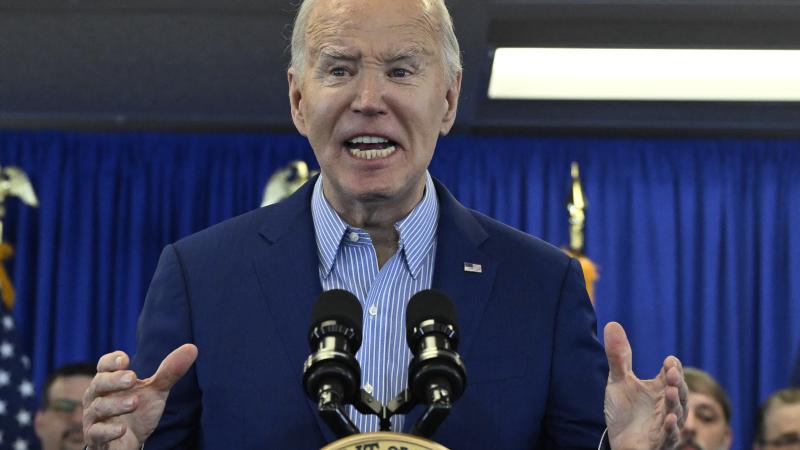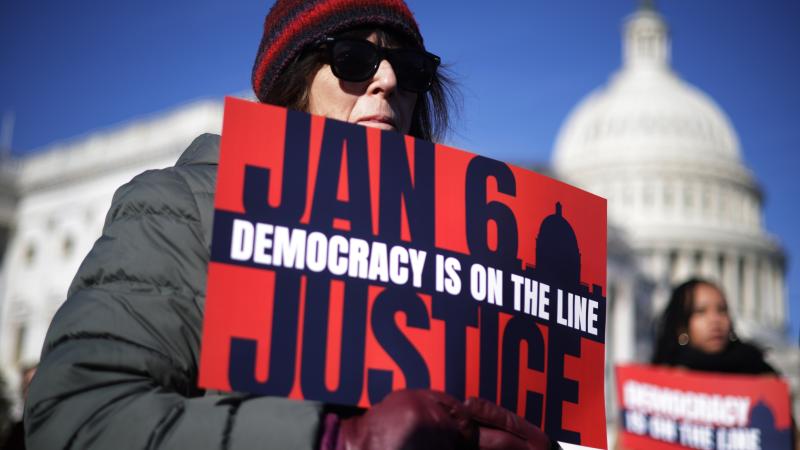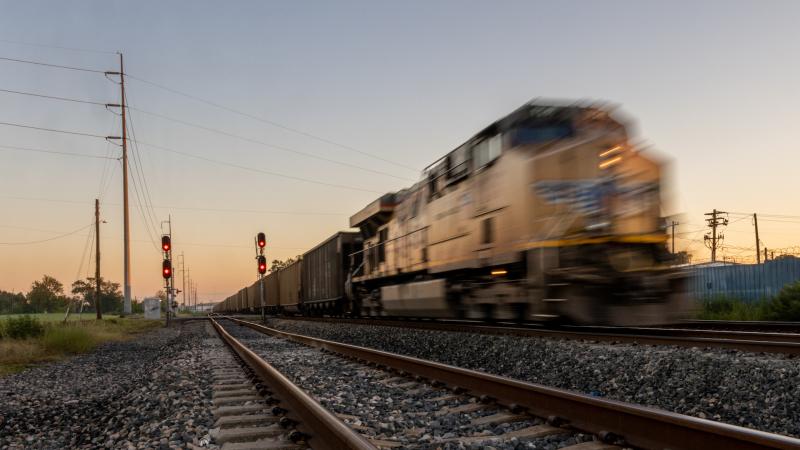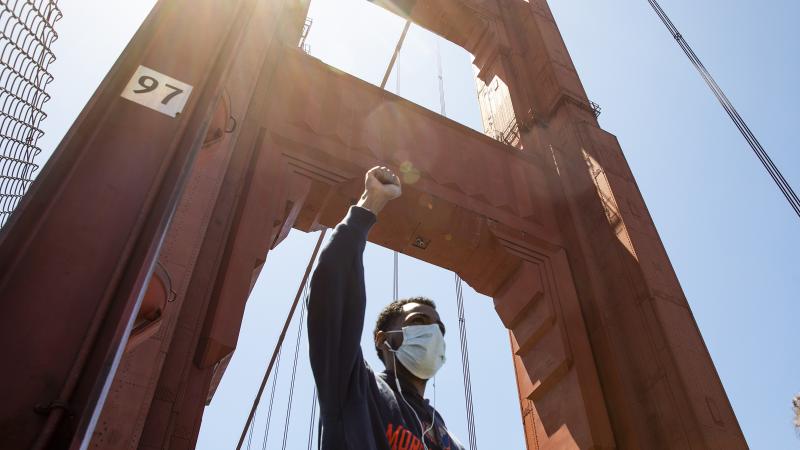As fears mount over COVID spikes, data continue to show positive downward trends
Average cases, deaths continue steady, two-month decline.
Coronavirus cases and deaths in the United States are continuing on a steady, months-long downward trend, even as fears of a "second wave" of the disease continue to persist throughout much of the country.
Staggered reopenings of states across the country over the past several weeks have lead to fears that COVID-19 infection and death rates could spike after several months of severe economic lockdowns and mandatory social distancing policies put in place by state governors.
Health officials have claimed that reopened restaurants, entertainment forums and other social nexus points could result in major outbreaks, leading to surges in hospital admittance and spiraling death rates.
Yet countrywide, data on case rates and deaths continue to be positive. The average number of daily new cases has been steadily declining since early April; the average daily deaths, meanwhile, peaked in mid-April and have been dropping ever since.
The number of daily cases has shown a slower decline than that of deaths, though much of that may have to do with the number of tests the United States is conducting: since early May the country has recorded anywhere from 300,000 to well over 500,000 new tests per day.
The U.S. has conducted far and away the most tests in the world, with about 23.5 million tests total since the pandemic began. Adjusted for population it has tested less than numerous countries that have had success at beating the pandemic (such as Israel and Singapore) though it has tested significantly more, adjusted for population, than other countries with successful mitigation numbers (such as Germany, Switzerland and Norway).
Rises in some states don't tell the whole story
Significant media attention in recent weeks has been paid to several states with rising coronavirus case rates and hospitalizations. Experts have pointed to states such as North Carolina, Mississippi, California and Texas as evidence that the rush to re-open economies was done without sufficient safety measures to prevent a new wave of the pandemic.
But the raw numbers presented by the media often do not always tell the whole story of the pandemic's course in a given region. The Texas Tribune, for instance, reported on Tuesday that the "number of Texans hospitalized with coronavirus [hit an] all-time" this week, while CNBC said that the state on Wednesday "report[ed] a third straight day of record coronavirus hospitalizations."
Yet the actual reported data of the state's hospitalization rates suggests less cause for concern than is outwardly apparent. It is true that, since the beginning of the state's reopening on May 1, the number of available hospital beds has declined by nearly 6600, with the number of ICU beds declining by almost 750, according to state data.
Yet according to the state's coronavirus dashboard, the number of COVID-19 hospitalizations in Texas has only increased by around 230 over that time, nowhere near enough to account for the increase in total hospitalizations over the past six weeks.
A likelier explanation is that Texans have simply been going to the hospital for routine and critical procedures more often. State Gov. Greg Abbot banned elective surgeries in the state in March but began permitting them again in mid-April.
In some cases the "spikes" in hospitalizations appear significantly overstated relative to the raw numbers. Fox News this week reported that Montana was among the states that have "seen coronavirus hospitalizations rise by at least 35 percent." Montana on its COVID-19 dashboard lists a total of seven "active hospitalizations" statewide as of Saturday afternoon.
In Florida, meanwhile, the state's rising number of cases appear to have had little effect on the death rate there. The state's COVID-19 dashboard displays a modestly upward trend in cases over the last thirty days next to a modestly downward trend in deaths. Cases began a marked upward trend at the beginning of June, but deaths began to sharply drop off at that point, too.
It is unclear why rising case numbers would be met with not just a flat death rate but a falling one. It could indicate that treatments for the disease are growing more refined and effective; it could also be that, as some doctors have posited, the coronavirus itself is weakening, mutating to a less-lethal form as part of its natural evolutionary path.
The declining national number of cases, coupled with localized outbreaks that appear as of now to be of relatively little concern, suggest that the pandemic is heading in an optimal direction in the United States—welcome news for a country weary of months of seemingly endless fears over a disease that, according to the data, may very well be on the way out here.
















